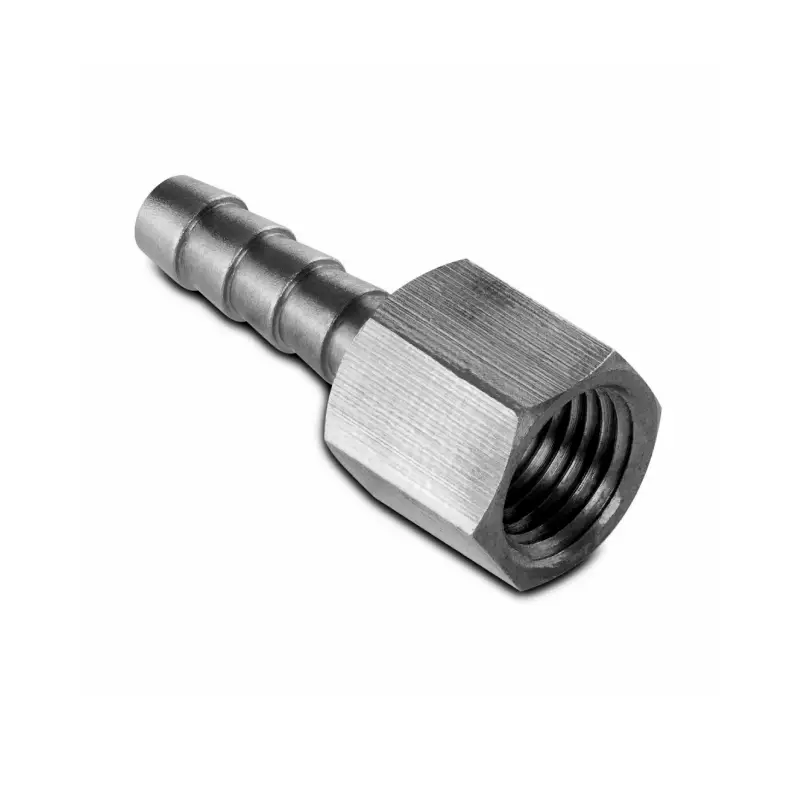Ready to tackle your hydraulic project? Browse our selection of threaded hydraulic hose barb fittings or contact us for expert advice. We’ll help you find the right fit for a leak-free, long-lasting connection!
Threaded hydraulic hoses offer a robust and secure solution for your fluid transfer needs. But what if you require a specific configuration? Here’s how you can customize your desired threaded hydraulic hose:
Specify the exact length needed for your application, eliminating excess hose and minimizing potential leak points.
Select a hose with a pressure rating exceeding your system’s operating pressure to ensure safe and reliable performance.
Benefits of Customization:




Threaded hydraulic hose fittings, while not ideal for super high-pressure applications, find use in a wide range of applications due to their ease of use, affordability, and secure connections at lower pressures. Here are some common applications for threaded hydraulic hose fittings:
Here are some additional factors that influence the suitability of threaded hydraulic hose fittings for an application:
This is their primary domain. They are perfect for:
Threaded fittings are handy for temporary lines during maintenance procedures or for test setups on hydraulic machinery.
Hydraulic hose threads are specialized threads designed to create secure, leak-proof connections between hoses and hydraulic equipment. They come in various forms, each with distinct characteristics and applications suited for different pressure levels.
Selecting the right hydraulic hose thread is crucial for a safe and functional hydraulic system. Here’s a breakdown of the key factors to consider when making your choice:
1. Compatibility:
2. Pressure Rating:
3. Application:
Common Hydraulic Hose Thread Types:
Additional Tips:
By carefully considering these factors and consulting relevant resources, you can ensure you choose the right hydraulic hose thread for a secure, reliable, and long-lasting connection in your hydraulic system.